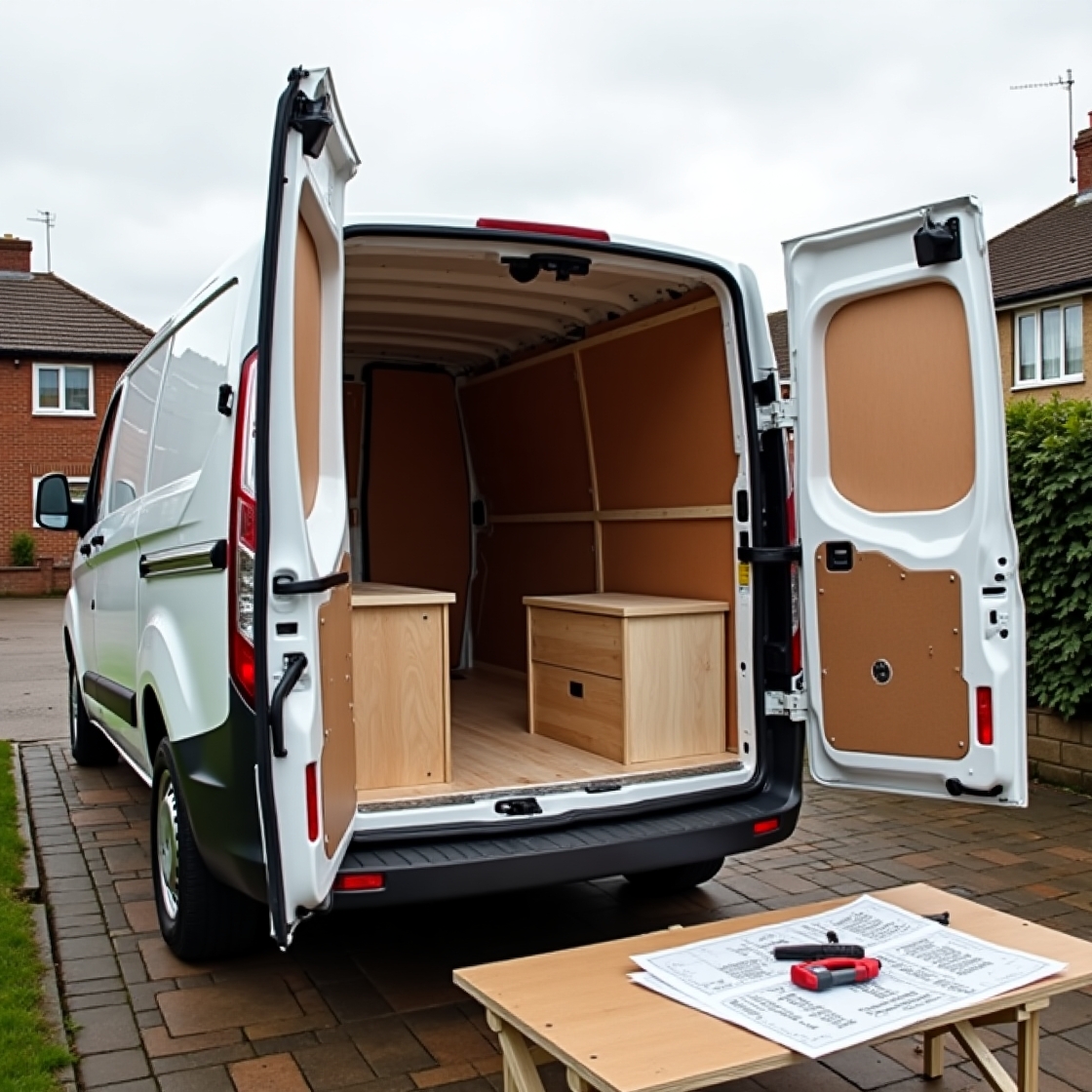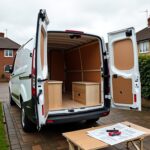

How to Convert a Van into a Campervan on a Budget (UK Guide)

Turn your van into a dream home on wheels – without breaking the bank
Introduction
Thinking of building your own campervan but worried about the cost? You’re not alone. Many vanlifers in the UK start their journeys with DIY conversions, proving that with a little creativity, elbow grease, and careful planning, you can transform a basic van into a comfortable, functional home on wheels—without spending a fortune.
In this guide, we’ll walk you through every step of how to convert a van into a campervan on a budget, including practical tips, cost-saving hacks, and real-world advice for first-time converters.
- Choose the Right Base Van
The van you choose is the foundation of your entire build. Popular and budget-friendly options in the UK include the Ford Transit, VW Transporter, Renault Trafic, and Vauxhall Vivaro. Before purchasing, inspect the van thoroughly:
- Check for rust, especially around wheel arches, sills, and under the floor.
- Look for a full service history.
- Aim for lower mileage, but a well-maintained high-mileage van can be better than a neglected low-mileage one.
Auction sites, ex-fleet vehicle sales, and Facebook Marketplace often have hidden gems at reasonable prices.
- Plan Your Layout and Budget
Sketch a rough layout before buying any materials. Consider:
- Sleeping arrangements
- Cooking facilities
- Storage needs
- Seating and dining space
Setting a clear budget helps avoid overspending. A basic self-build camper conversion can cost between £1,000 and £3,000, depending on how elaborate you want it. Always allow an extra 10–20% for unexpected costs.
- Insulate and Soundproof
Insulation is crucial for comfort. In the UK, you’ll face cold winters and damp conditions, so choose materials carefully:
- Recycled bottle wool or rock wool for walls and floors.
- Silver bubble insulation for the roof and hard-to-reach areas.
- Sound-deadening mats around the cab to minimize driving noise.
Proper insulation prevents condensation, reduces heating needs, and keeps the van cooler in summer.
- Install Flooring and Wall Cladding
A sturdy subfloor is essential. Use 12mm plywood sheets and insulate underneath if possible. Top it off with easy-clean surfaces like vinyl flooring.
For walls and ceilings:
- Lightweight plyboard or tongue-and-groove cladding.
- Bright paint colours can make small spaces feel much bigger.
- Secure everything well to handle bumps and vibrations while driving.
- Build Your Bed and Storage
Beds can be:
- Fixed platform beds (best for storage underneath).
- Rock-and-roll sofa beds.
- Pull-out daybeds for multi-use spaces.
Use reclaimed wood to save money. Always factor in hidden storage solutions like under-bed drawers, ceiling nets, and foldable furniture.
- Set Up a Simple Kitchen
You don’t need a full kitchen. A basic setup includes:
- Camping stove (portable or fixed).
- Water containers with manual pumps.
- Cool box or budget fridge.
Use reclaimed cabinets or build a lightweight frame. Install a small counter for meal prep and a sink basin if you want running water.
- Install a Budget-Friendly Electrical System
Electrics might sound scary, but they can be simple:
- Leisure battery charged via split charge relay or solar panels.
- LED lights for low power use.
- 12V sockets and USB ports.
Safety first: always fuse your circuits and use appropriate cables. If unsure, consult a professional. Alternatively, invest in a portable power station like Jackery or EcoFlow.
- Add Personal Touches
Your van should feel like home. Small upgrades make a big difference:
- Thermal curtains or blinds.
- Cushions, rugs, and throws.
- Wall-mounted storage pouches.
- Swivel seat bases to create living room areas.
A cosy, personal van interior encourages you to travel more and stay out longer.
- Know the Legal Requirements
While you no longer need to register your van as a ‘motor caravan’ with the DVLA to get insurance, it’s important to:
- Secure gas bottles properly.
- Ensure furniture is bolted safely.
- Distribute weight evenly.
Some insurers may ask for photos of your conversion or specific safety measures before issuing a policy.
- Cost Breakdown Example
Here’s a realistic estimate for a budget DIY camper conversion:
- Used van: £4,000
- Insulation and soundproofing: £250
- Flooring and walls: £150
- Bed frame and storage: £250
- Kitchen setup: £200
- Electrics (basic system): £300
- Misc materials/tools: £300
Estimated Total: ~£5,450
Your actual cost can be lower with clever upcycling and second-hand finds.
Conclusion
Building your own campervan on a budget is one of the most rewarding ways to experience vanlife. Not only will you save money, but you’ll have a deeper connection to your home-on-wheels, knowing every inch inside and out.
Stay tuned for more DIY guides, vanlife inspiration, and campervan listings right here on Campervan Bazaar.
Add a comment Cancel reply
Comments (0)
Categories
- Buying Guides (2)
- Campervans To Convert (1)
- Car News (2)
- Selling Tips (3)
- Vanlife Lifestyle (3)
Recent Posts
About us

Popular Tags
Related posts


Welcome to Campervan Bazaar – your go-to destination for campervans for sale in the UK. Whether you're searching for a classic VW, a modern motorhome, or a unique van conversion, you’ll find it here.
- Info@campervanbazaar.co.uk






